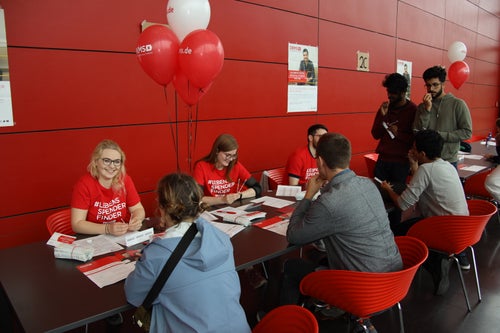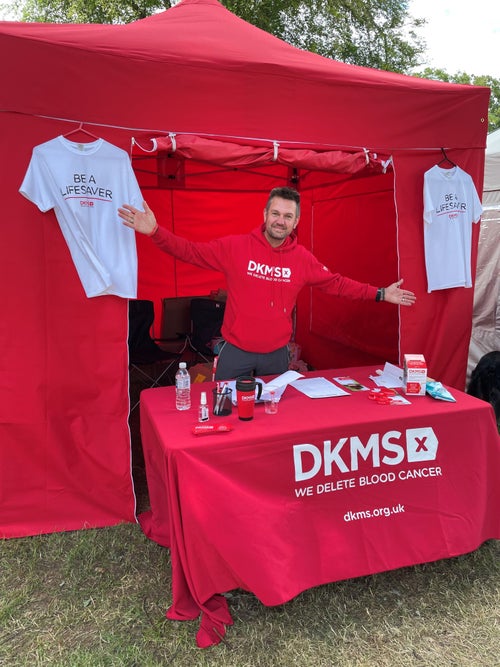
Bone marrow donation
Donation method: how it works
Your donation takes place in a certified collection clinic. Stem cells are taken from the iliac crest of your pelvis under a general anaesthetic.
About one litre of bone marrow-blood mixture is removed, which is the equivalent of about five percent of the total bone marrow in your body. Your bone marrow regenerates within a few weeks.
Before your donation
The health risk of bone marrow removal is low and essentially limited to the general risk that comes with any operation under general anaesthetic. In order to eliminate avoidable risks, a thorough medical health check for our donors is our top priority.
In the collection clinic, doctors carry out what is known as a preliminary donor health check to determine the medical suitability of the donor. This includes looking at their medical history, a physical health check and an assessment of lab results. Donors also speak to a doctor from the collection clinic. If stem cells are to be removed via bone marrow surgery, a consultation with an anaesthesiologist clarifies the risks of the anaesthesia.
When all of the health checks show that the donor’s health will not be impacted in any way by a stem cell donation, the procedure is finally carried out.
After the bone marrow has been removed, you may experience localised pain for a few days. This is caused by the wound and often feels like bruising.
After your donation
Donors donating via bone marrow removal normally stay in hospital for one or two nights following the procedure. After that, our doctors advise you to consult staff at the collection clinic and spend a few more days recovering at home.


